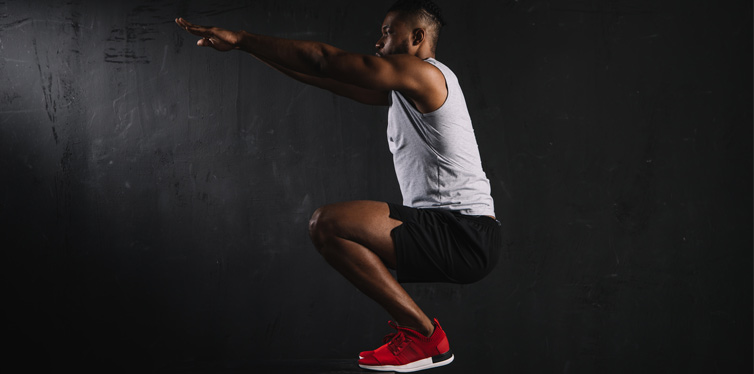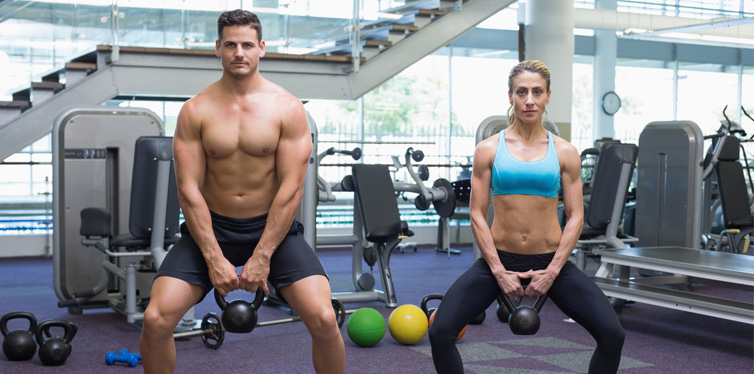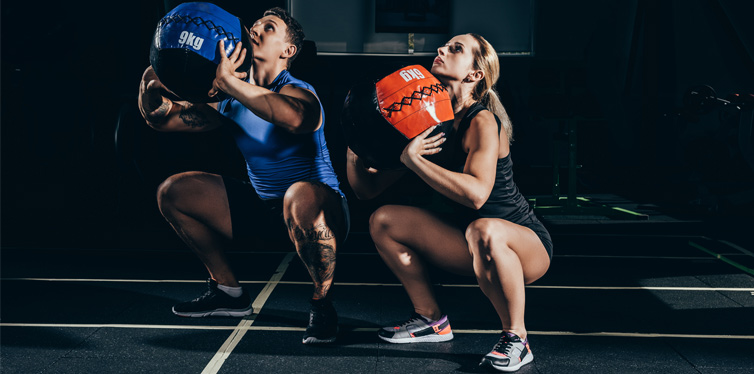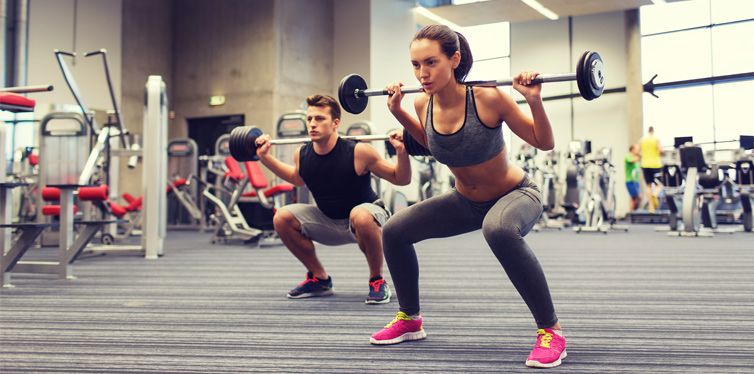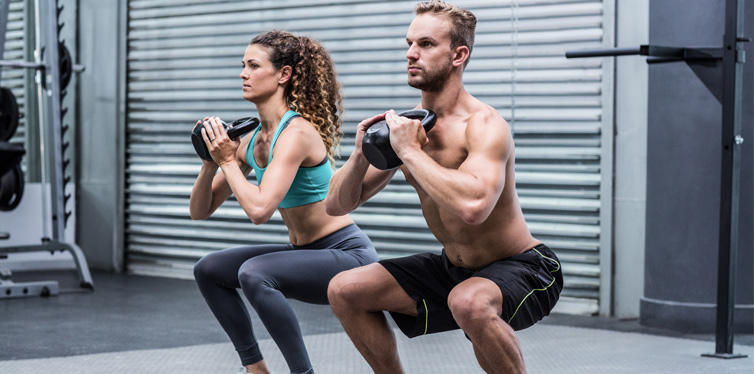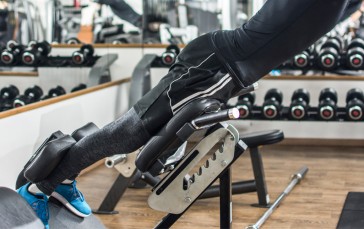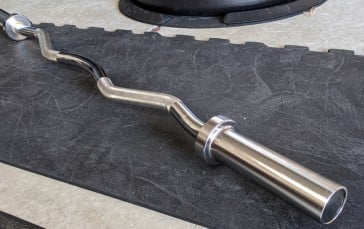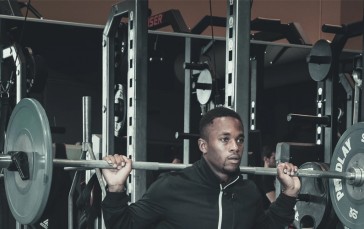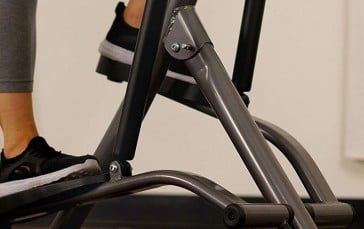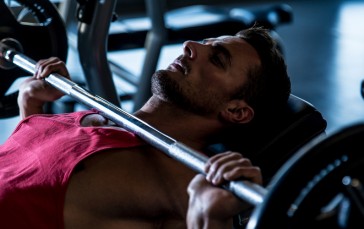How To Improve Your Squats
With just a few minutes in each workout being squats of some sort you’ll soon be realizing the benefits. Provided of course, you are performing them correctly. If you are looking to build muscle and get stronger, squats of all kinds have long been recognized as a must do. It turns out there are many benefits from repeatedly bending your knees as if you are about to sit down. Squats are versatile, anytime, anywhere exercises that can be challenging, productive and with a little imagination, perhaps even fun. Here are some of the many good reasons to keep on bending but not quite sitting.
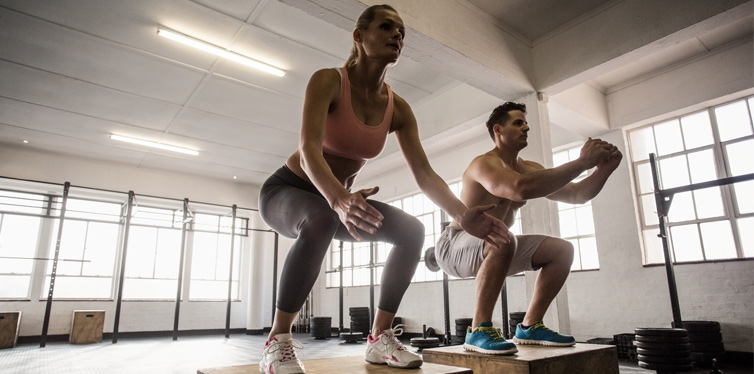
Stimulates Growth
Squats involve all the muscles of the body which contributes to overall body growth. Squats also stimulate the secretion of hormones such as testosterone which is directly involved in muscle building and bone density development.
Increases Core Strength
The squat is a total body workout and your core muscles have to work hard to maintain the upright posture and balance throughout the workout. This, in turn, increases the strength of your core muscles.
Strengthens Lower Body
Usually, machines are used for strengthening the muscles of the lower body but these machines focus on just one or two muscles. In contrast to the machine, squats target all the muscles of the lower body including the quads and hamstrings. Squats strengthen all the lower body muscles to prepare you well for real-world challenges. It also helps you build stability and gives you a chance to explore the varied strengths of your right and left sides of the body.
Makes Your Body Flexible
Performing squats increases the flexibility of your body. The full range of motion needed, especially during deep squatting, makes muscles stronger and more flexible.
Increases Your Productivity
Squats in a cardio workout increase your strength and in turn, multiply your productivity. Since it involves all the muscles of your body it gives you the desired results in minimal time. Whenever you want to alter your workout regime or change the intensity of your workout you need only opt for different variations of squats.
Tips For Improving Squats
Here are some tips for improving your squats:
1. Strengthen Your Core Before Lifting Weight
Most beginners start their squats instantly without any prior body preparations and try to tighten up their muscles after lifting the weight. But tightening up muscles is difficult at this stage, even impossible. So before lifting a weight, it is essential to tighten up your core muscles as well as squeeze your glutes and lats as you are standing. Once you have control over your muscles then proceed to lift the weight and perform squats. This will increase the productivity of your workout.
2. Focus On Your Grip
A firm grip on the bar or squat rack while squatting is another crucial element for maximizing productivity. Before starting a squat focus on your grip and grab the bar with the maximum intensity as if trying to crush the bar. This crushing intensity of gripping the bar will make the bar more secure and irradiate tension in surrounding muscles. But the greatest benefit of firmly gripping the bar is that it signals your brain that you are in complete control. This prepares your body for a heavy workout as your brain interprets that you are capable of performing the task without danger or risk.
3. Be Confident And Firm
While performing your squats always remain firm and confident and avoid slouching. If you are unable to secure the bar it is best to create a shelf for the bar on your back. This will enable you to perform the squat more confidently with stable support. For creating the shelf, pin your shoulders back pointing downwards and then fire up your lats. Let the bar sit on the shelf and keep it stable with the help of your lats.
4. Perform The Squats Slowly
Squats is an intense workout and creates a lot of tension in the muscles. You definitely want to perform your desired reps quickly and get done with it but this is not the right attitude or approach. To gain maximum benefits from your squats you have to perform them in slow motion. Invest a little more time in dropping down the hole and don’t do it hastily. Motivate yourself for slowing down by imagining how if you drop down quickly it will be hard to come out but if you drop down slowly getting out will be easier. This will help you slow down your squats and maximizing your outcome.
5. Focus On Your Foot Position
Your foot position has a critical role in targeting lower body muscles. Keep your feet close to each other almost your shoulder width apart and your quadriceps and hamstrings will be targeted. On the other hand, when you increase the distance to almost hip-width apart or slightly more, your abductor muscles on the outer thighs and the gluteal muscles in your buttocks are targeted. But if you want to target the adductor muscles along the inner thighs your toes should be pointed at a wide angle during the exercise. Targeting muscles help you in getting your desired outcome from the exercise.
6. Variations In Squat
There are different variations in the squat. Apart from the basic front squat as if sitting on a chair, there are split squat, hack squat and the full squat. Each kind of squat varies in difficulty as well as in their expected outcomes. Some squat workouts use body weight as resistance while others include dumbbell and barbell for increasing resistance and intensity of the workout.
Conclusion
Being adaptable and progressive, having a bank of squat exercises in your repertoire allows you to focus your workout efforts onto muscles that need work whilst building overall body mass and improving muscular, skeletal and cardiac health. But to enjoy all the benefits from repeatedly squatting first take a deep breath and slow the world down so you can concentrate on the correct technique. Then check your feet are where you want them to be and show the bar or weight who’s the boss. And, when it all gets to where it’s getting as easy as settling into a chair, level things up with those trickier more challenging squats.


